From struggle to success the Nujiang story
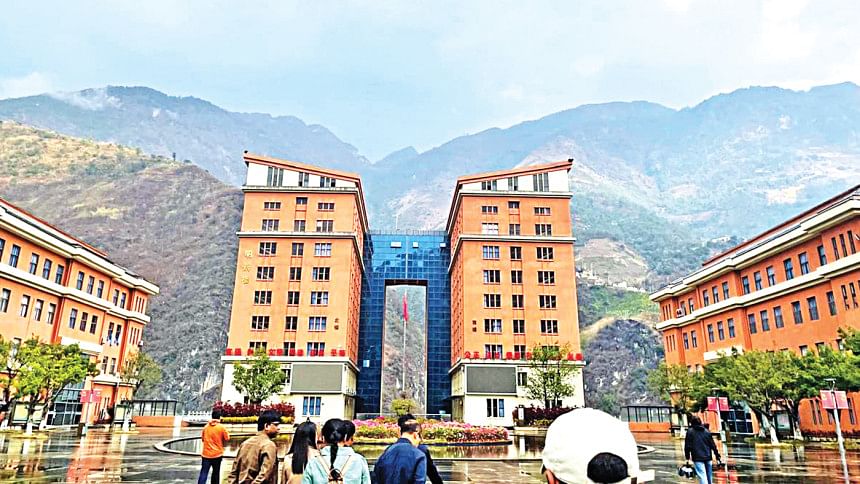
On March 12, the 10-member journalist delegation from Bangladesh, of which I was a part, held a seminar with academicians and professors at the Yunnan Academy of Social Sciences in China's Kunming city.
Before departing, I had a private conversation with one of the female professors and mentioned our upcoming visit to Nujiang. She held my hand and said, "Nujiang is a miracle in poverty reduction! You must observe what they have achieved!"
A high-speed train ride to Dali and a four-and-a-half-hour-long bus ride later, we arrived at the Nujiang Lisu Autonomous Prefecture, located near the Myanmar border.
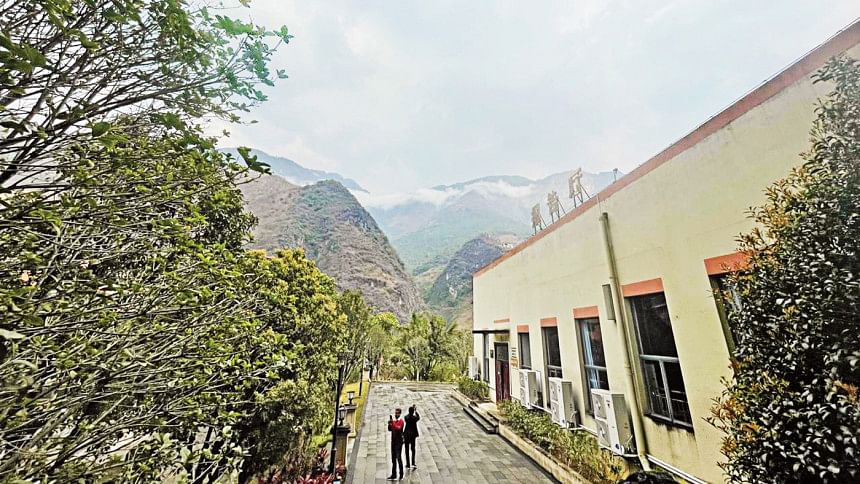
And right from the moment of arrival, I watched, listened, and learned.
The Nujiang Lisu Autonomous Prefecture in northwestern Yunnan is renowned for its cultural diversity and stunning landscapes. It spans 14,589 square kilometres, with a population of around 5,34,337 as per the 2020 census.
Liuku Town, its capital, lies in Lushui City.
The region shares borders with Myanmar to the west and Tibet to the north, enriching its cultural fabric. The Nujiang river, known internationally as the Salween river, flows through the prefecture, enhancing its geographical significance.
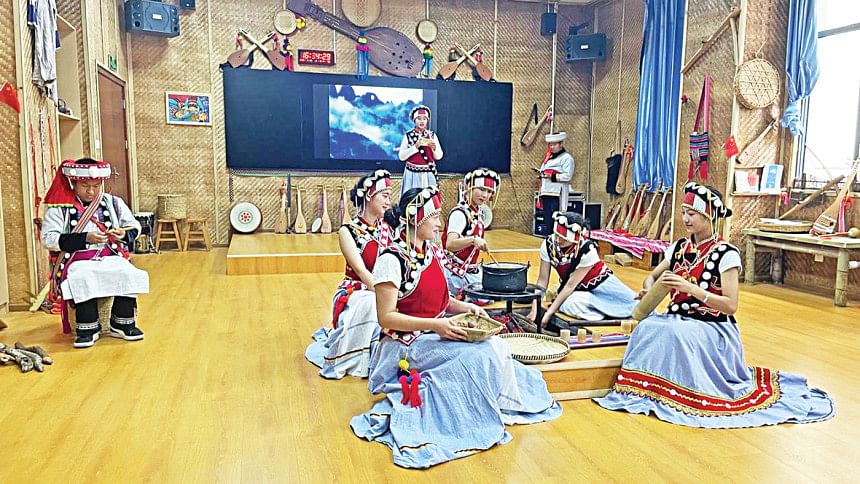
The prefecture's dramatic landscapes form part of the "Three Parallel Rivers" Unesco World Heritage Site, home to rich biodiversity.
Nujiang is home to several ethnic groups, with the Lisu people comprising 50.69 percent of the population. Other significant communities include the Bai (25 percent), Han (10.69 percent), Nu (5.79 percent), Pumi (3.16 percent), Yi (2.34 percent), and Dulong (1.09 percent), among others. This diversity is reflected in its languages, customs, and festivals, all of which we were about to discover.
After a night of rest and with much to look forward to, our first stop the next day (March 13) was the Nujiang Poverty Reduction Centre, a testament to the region's transformation, particularly for its ethnic communities.

A 'MIRACLE' IN POVERTY ALLEVIATION
The Poverty Reduction Centre in Nujiang Lisu Autonomous Prefecture is a key initiative aimed at addressing the region's development challenges and promoting sustainable poverty alleviation. It coordinates both short-term relief and long-term development strategies.
In addition to economic development, the centre emphasises social welfare initiatives, including the establishment of educational programmes and healthcare facilities, which are crucial for addressing the holistic needs of the population.
Historically, Nujiang faced severe poverty due to its remote location and challenging terrain. However, in 2020, China declared "absolute poverty" eradicated in the region, marking a milestone in its national efforts.
The Chinese government adopted a precision poverty alleviation model, identifying poor households and providing targeted support, including financial aid, job training, and relocation programmes.
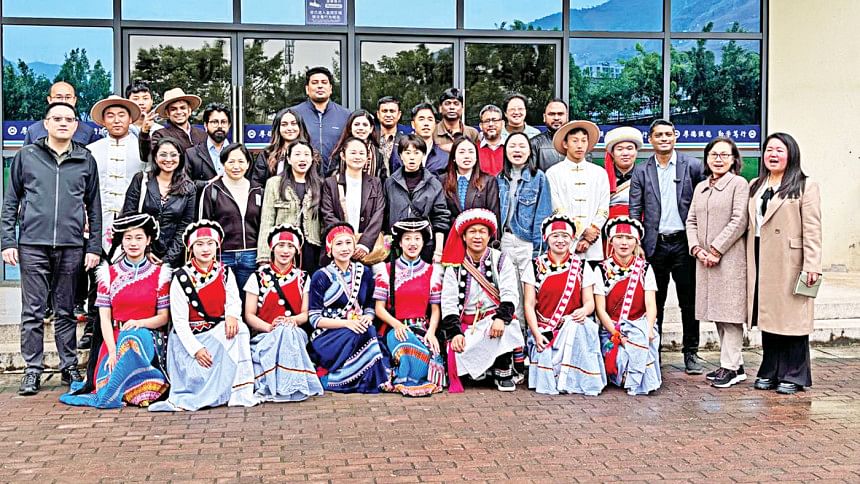
Families from disaster-prone areas were moved to safer townships with access to education, healthcare, and essential services. Investments in road networks, electricity, and communication infrastructure improved connectivity for rural communities.
Economic development was crucial to poverty alleviation, and so, the government promoted eco-tourism, hydropower, and specialty agriculture to create sustainable income opportunities. Farmers received subsidies and technical support, while vocational training centres equipped residents with skills in various industries.
A key initiative was the "One Village One Preschool" project, launched in 2019, which established 35 preschools to enhance early childhood education.
Meanwhile, healthcare services expanded with free or subsidised medical care and welfare programmes for vulnerable groups.
To ensure sustainability, ecological protection initiatives encouraged locals to participate in reforestation and conservation efforts, while public-private partnerships drove investment in infrastructure and job creation.
In March 2023, Nujiang hosted an international forum on poverty reduction and global development, reaffirming its commitment to sustainable progress.
Following our visit to the Poverty Reduction Centre, we explored the Lushui Harmony Community, a relocation project for the Lisu people.
Given Nujiang's mountainous terrain, landslides posed a significant risk, prompting the government to prioritise relocating affected families to safer areas with more than just basic amenities.

The Harmony Community offers modern housing, reliable utilities, healthcare, and education. Beyond infrastructure, it provides employment training, from child-rearing to baseball manufacturing for international sporting events.
A childcare centre accommodates every child in the community, while an elderly welfare centre offers music, language, and dance classes, along with mental wellbeing sessions, tailored to different age groups.
I connected with a young girl, barely four-years-old, who roamed freely and joyfully, as if the entire place were her home -- an image that has stayed with me.
This initiative ensures not just physical safety but also improved quality of life. The government supports vocational training, land for agriculture, and local industries, helping relocated communities become self-sufficient and economically stable.
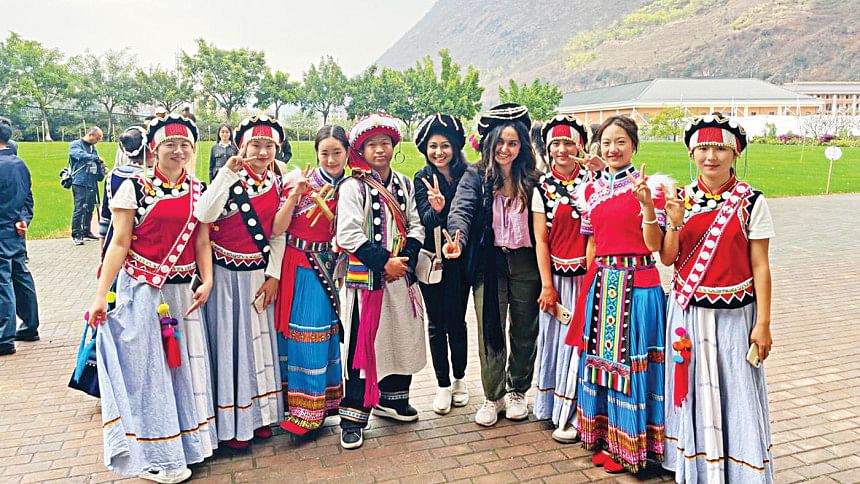
EMPOWERING ETHNIC COMMUNITIES
Next, we visited the Nujiang Vocational and Technical College, mainly for students from the ethnic communities, including the Lisu, Nu, and Dulong. The college enhances human capital by offering courses in agriculture, technology, business, and hospitality.
Its campus, surrounded by mountains with clouds drifting between peaks, features real-world training environments -- healthcare students learn in hospital-style wards, while tourism students train in hotel-like settings.
By equipping students with practical skills, the college supports local industries and bridges the gap between rural and urban development.
Beyond vocational training, the institution prioritises accessibility for disadvantaged communities, fostering opportunities for upward mobility. Many graduates contribute to local industries, agriculture, and services, driving economic progress.
ENVIRONMENT A PRIORITY
Nujiang has also focused on protecting its rich biodiversity, particularly in the Nujiang Valley, home to various endemic and endangered species. Nature reserves and national parks, such as the Nujiang River Valley Nature Reserve, protect vast forests, river ecosystems, and wildlife habitats.
The region promotes sustainable agriculture and eco-tourism, essential for both conservation and economic development. Organic farming, agroforestry, and water management systems help reduce soil erosion and protect water sources, while eco-tourism allows local communities to benefit from tourism while preserving cultural heritage and natural landscapes.
Infrastructure projects focus on minimising environmental impact, such as road improvements and emission reductions. These efforts balance environmental conservation with socio-economic development.
LESSONS FOR BANGLADESH
Nujiang's story is one of resilience, strategic policymaking, and an unwavering commitment to progress -- living proof that even the most challenging terrains can overcome poverty.
Its development efforts offer valuable insights for Bangladesh, particularly in addressing poverty and supporting ethnic minorities in regions like the Chittagong Hill Tracts and more, where rural and indigenous communities continue to struggle. Targeted relocation programmes, improved infrastructure, and industry-specific development were key to Nujiang's success -- Bangladesh can adopt similar strategies to uplift its underdeveloped rural areas.
The question now is: how willing are we to adapt, innovate, and invest in long-term solutions?
As I left Nujiang, I couldn't shake the image of the little girl at the Harmony Community -- carefree, thriving, and unburdened by the struggles of the past. Perhaps, one day, children in Bangladesh's most disadvantaged regions will know that same sense of security and hope.
But for that, we must take the first step.

 For all latest news, follow The Daily Star's Google News channel.
For all latest news, follow The Daily Star's Google News channel. 



Comments